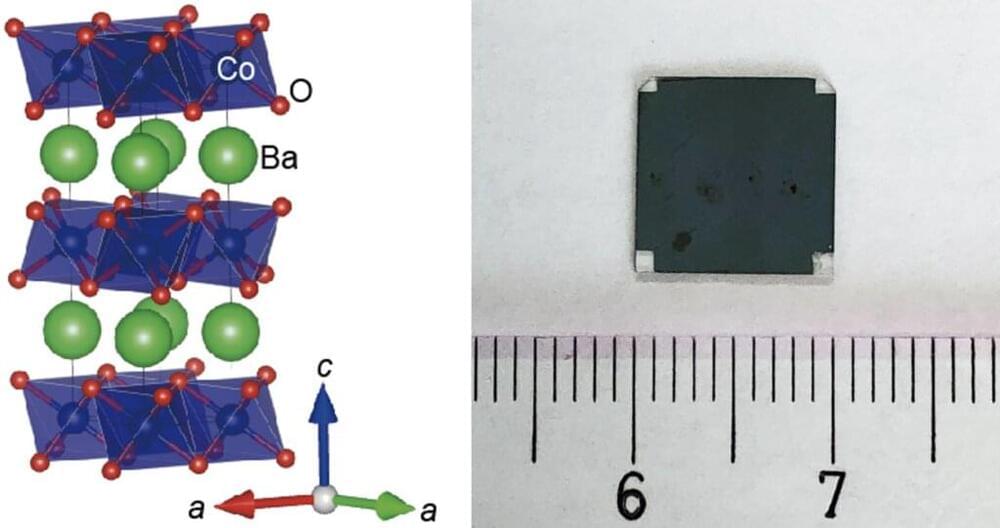Waste heat is a promising source of energy conservation and reuse, by means of converting this heat into electricity—a process called thermoelectric conversion. Commercially available thermoelectric conversion devices are synthesized using rare metals. While these are quite efficient, they are expensive, and in the majority of cases, utilize toxic materials. Both these factors have led to these converters being of limited use. One of the alternatives is oxide-based thermoelectric materials, but the primary drawback these suffer from is a lack of evidence of their stability at high temperatures.
A team led by Professor Hiromichi Ohta at the Research Institute for Electronic Science at Hokkaido University has synthesized a barium cobalt oxide thermoelectric converter that is reproducibly stable and efficient at temperatures as high as 600°C. The team’s findings have been published in the journal ACS Applied Materials & Interfaces.
Thermoelectric conversion is driven by the Seebeck effect: When there is a temperature difference across a conducting material, an electric current is generated. However, efficiency of thermoelectric conversion is dependent on a figure called the thermoelectric figure of merit ZT. Historically, oxide-based converters had a low ZT, but recent research has revealed many candidates that have high ZT, but their stability at high temperatures was not well documented.









Comments are closed.